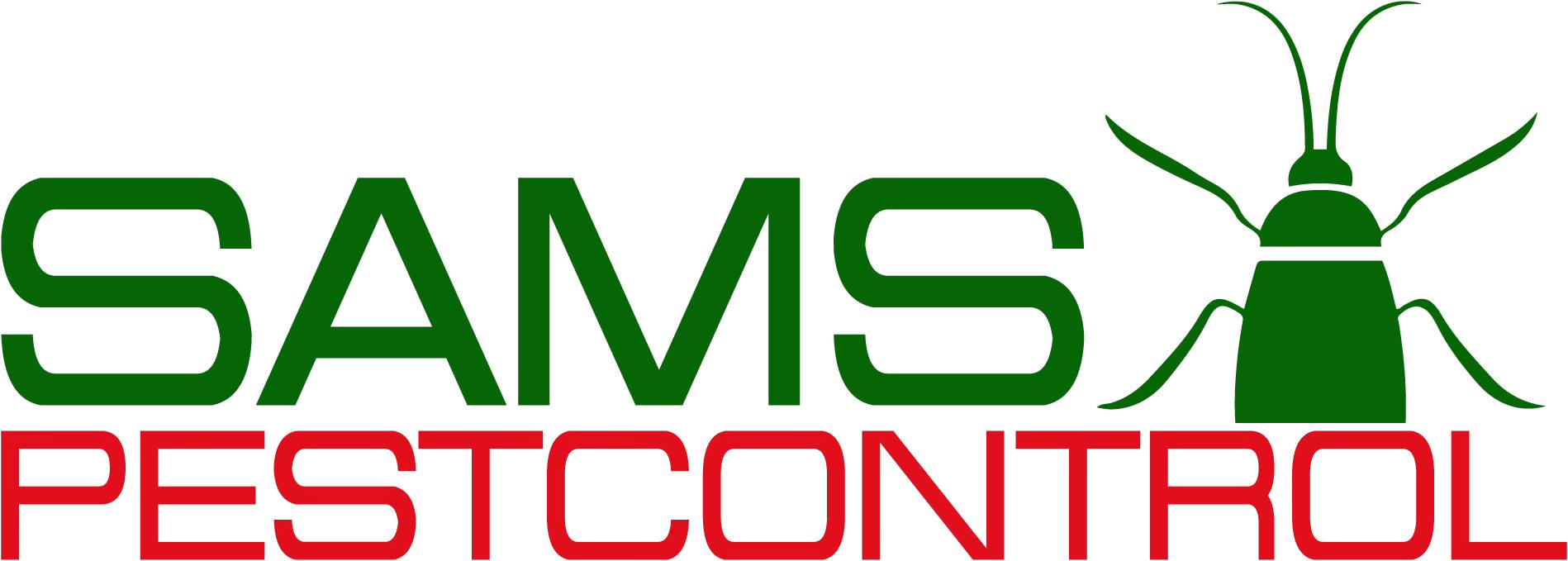Silverfish may sound like a shimmering aquatic creature, but in reality, they are far from it. These small, wingless insects are not your home’s welcomed guests. While they don’t pose a significant threat to human health, they can be a nuisance and are often a sign of a bigger moisture problem in your home. In this article, we will look into the signs of a silverfish infestation, what it means to have these pests in your home, and how to manage them effectively.
What Are Silverfish?
Silverfish are insects known for their silvery-gray and blue color and fish-like movements. They are nocturnal creatures that thrive in dark, damp environments, which is why you’ll often find them in basements, bathrooms, and kitchens. Silverfish have a preference for starches and can damage books, wallpaper, clothing, and even food items.
Signs of a Silverfish Infestation
An occasional silverfish sighting does not necessarily equate to an infestation. However, spotting these pests regularly could indicate a larger problem. Understanding the signs of a silverfish infestation is key to early detection and control.
Physical Sightings
The most obvious sign of a silverfish problem is seeing the insects themselves. If you are frequently spotting silverfish, especially during the day when they are less active, it may suggest a significant population is present.
Damage to Household Items
Silverfish feed on carbohydrates, particularly sugars and starches. This diet leads them to damage paper products, glue, clothing, and pantry foods. Look for irregular holes, surface etchings, and yellowish stains on affected items.
Feces and Scales
Silverfish leave behind tiny, pepper-like feces and cast skin scales, which can be found in areas where they are active. These signs are often less noticeable but are a telltale indication of their presence.
How Many Silverfish Is an Infestation?
Determining the difference between a few stray silverfish and an infestation can be challenging. If you’re consistently finding silverfish in your home, particularly in different areas, it’s likely that you’re dealing with an infestation. It’s important to note that silverfish are fast breeders, and a small problem can quickly become a large one if not addressed promptly.
Silverfish Infestation: A Deeper Issue
The presence of silverfish often points to a moisture problem in your home. They require high humidity levels to survive, so their presence could indicate leaks, poor ventilation, or high humidity. Dealing these underlying issues is crucial in preventing future infestations.
Managing a Silverfish Infestation
Effective pest management for silverfish involves a combination of environmental control, cleaning, and sometimes chemical treatments. Here are some steps to manage an infestation:
Reduce Humidity
Since silverfish thrive in moist environments, reducing humidity is a critical step. Use dehumidifiers, fix leaks, and ensure proper ventilation in areas like basements and bathrooms.
Remove Food Sources
Store pantry foods in airtight containers and keep areas free of food debris. Regularly vacuum and clean to remove potential silverfish food sources.
Seal Entry Points
Silverfish can enter homes through cracks and crevices. Seal gaps around windows, doors, and utility lines to prevent them from entering.
Use Desiccants
Desiccants like diatomaceous earth can be effective in controlling silverfish populations. These substances dehydrate the insects and can be applied in areas where silverfish are active.
Professional Pest Control
If the infestation is severe, it may be necessary to seek professional pest control. Experts can assess the situation and apply appropriate treatments to eliminate silverfish and prevent their return.
Preventing Future Infestations
Prevention is key to ensuring that silverfish don’t become a recurring problem. Here are some proactive measures:
Maintain a Dry Environment
Regularly check for and repair any leaks in your home. Use exhaust fans and dehumidifiers to keep humidity levels low.
Store Items Properly
Keep books, papers, and textiles in dry, sealed containers to protect them from silverfish damage.
Regular Cleaning
Frequent vacuuming and dusting can remove eggs and prevent silverfish from settling in your home.
Monitor for Signs
Keep an eye out for early signs of silverfish activity to tackle the problem before it becomes an infestation.
When to Call a Professional
While many silverfish infestations can be managed with DIY methods, sometimes the problem is too big to handle alone. If you’re struggling with a persistent infestation, it’s time to call in the professionals. Sam’s Pest Control experts have the tools and knowledge to effectively eliminate silverfish and can provide advice on keeping them out for good.
by Hutomo Abrianto (https://unsplash.com/@hutomoabrianto)
Takeaways
Silverfish are more than just a nuisance; they’re a sign that your home may have moisture issues that need attention. By recognizing the signs of an infestation and taking proactive steps to manage the environment, you can keep these unwanted guests at bay. Remember, if the problem persists or seems overwhelming, don’t hesitate to seek help from a pest management professional.
In conclusion, while silverfish are not harmful to humans, they can cause damage to your possessions and indicate other problems in your home. By staying vigilant and maintaining a clean, dry environment, you can prevent and control silverfish infestations, ensuring these “fish” don’t become permanent residents in your space.

